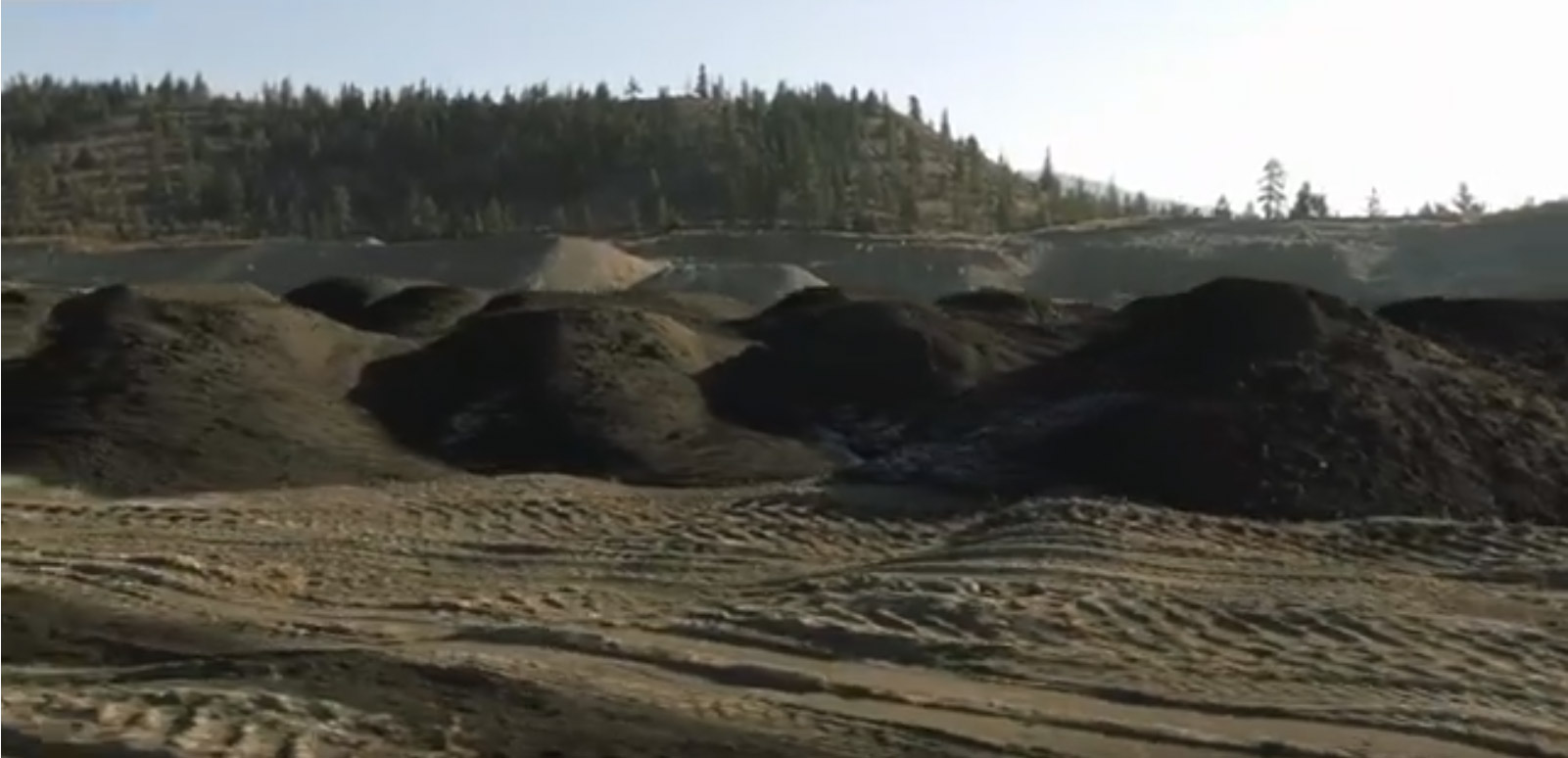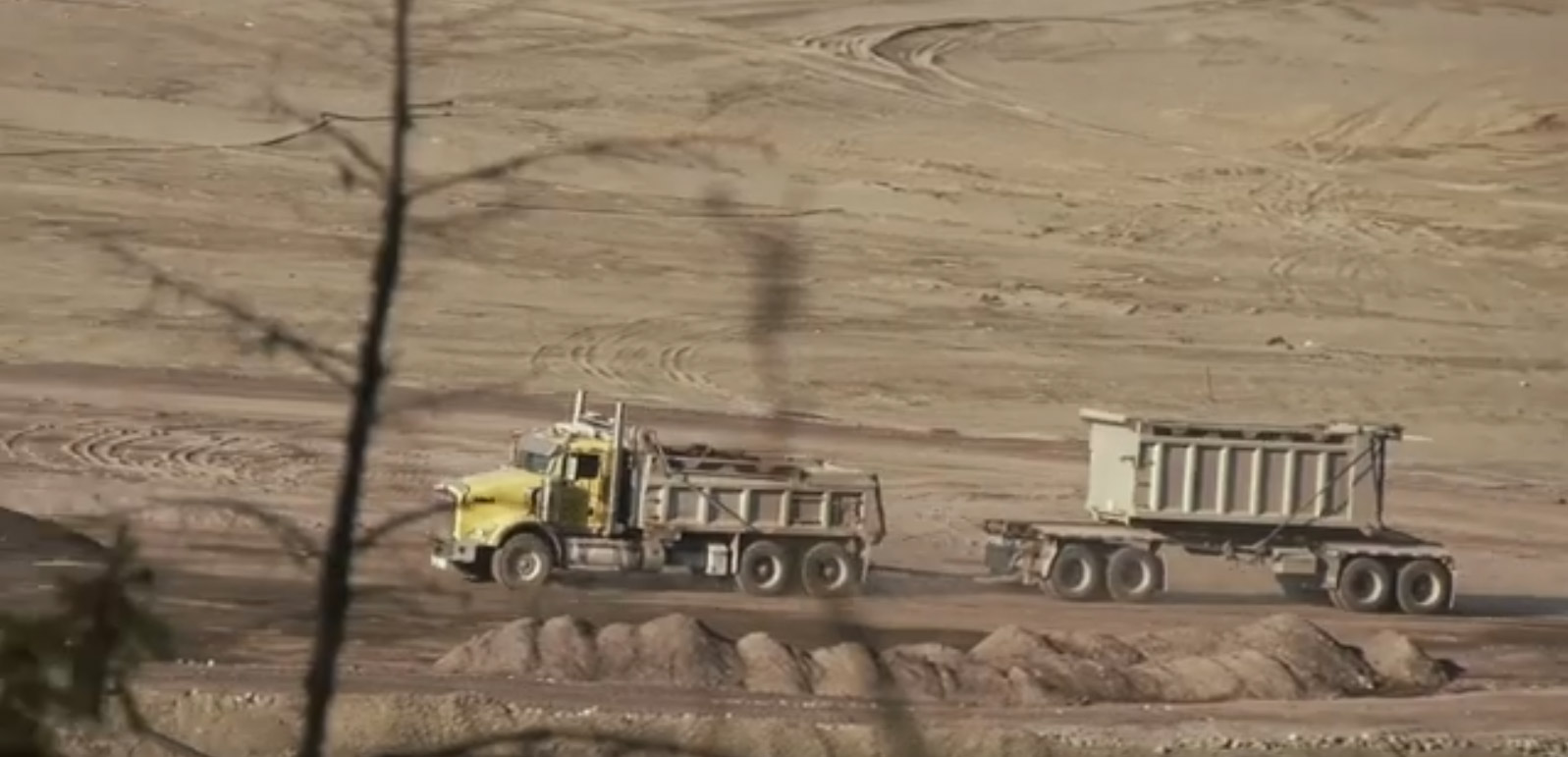Nicola Mining Inc. (“we”, “us”, or “Nicola”) is committed to the British Columbia communities of Kamloops, Merritt and the Lower Nicola, the region which our name is based and our operations and corporate head offices are located.
As a company invested in leaving a positive legacy in every community with which we work, we are committed to the responsible development and operations of our mining activities in the Lower Nicola region. Adhering to the belief that natural resources can and must coexist with the environment and the region’s rich heritage, we are planning projects – and building local partnerships – to reduce the ecological impact of our mining practices so as to ensure our environment, communities and unique culture continue to thrive.
Responsible development means meeting the needs of the present without compromising the future. We pursue a higher standard by striving for best-in-class environmental performance while meeting the needs of today and respecting the needs of future generations.
Measuring, monitoring, and reducing our impact on the environment is a team effort and is core to Nicola philosophy. Our employees are trained to mitigate the impact of our operations and to do “the right thing”, all in an effort to safeguard our precious environment.
Nicola Mining Inc. is a company that truly embraces ESG principals and environmental commitments. Our efforts are being recognized by both local communities and First Nations, as highlighted by Spuzzum First Nations nominating Nicola Mining Inc. for the Annual BC Mine Reclamation Award as top Metal Mines reclamation company for 2024. Please click here to read Spuzzum’s press release.
Nicola continues to expand its focus on minimizing dust from historic tailings located at our New Craigmont Mine Site, located near Merritt, British Columbia, which were deposited up until 1982. Our current management places great emphasis on solving the historic dust issues left by the site’s historic operations and continues to work diligently on a multi-year project focus that includes depositing fill on top of the historic tailings in order to reduce tailings dust.
On June 18, 2020, we received a permit amendment allowing us to import materials – fly ash and reclaimed soil – as part of our long-term New Craigmont Mine Site reclamation plans. On October 21, 2020, Nicola received an additional amendment allowing it to receive Trans Mountain material for remediation purposes.
All material brought to the site is tested to assure environmental compliance. In connection with these reclamation efforts, we have established test plots, covered with fly ash and seeded with plants native to the region. We are proud to say that the outcomes of our test plots have been encouraging.
Remediated soil and local soils generated from the Transmountain Expansion Project were deposited in 2021 and seeded in the spring of 2022. Of key importance is that native grass species can flourish without irrigation. Nicola seeded two new plots: Plot 4 and Plot 5 this past Spring, 2023.
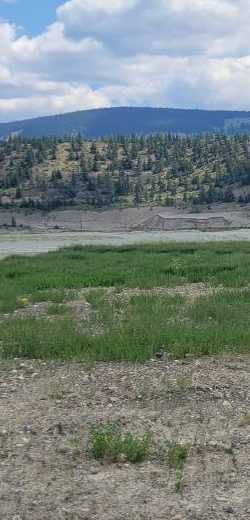
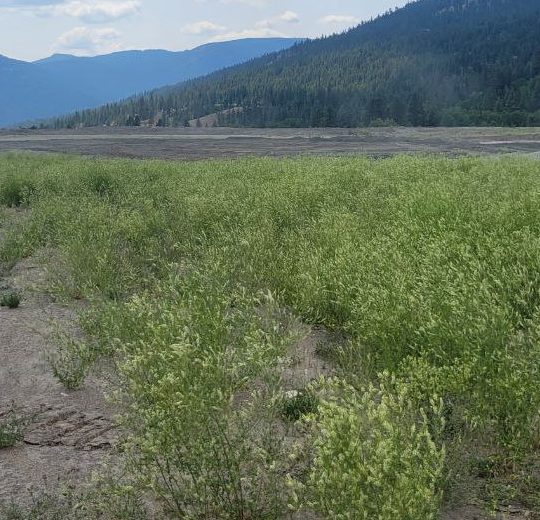
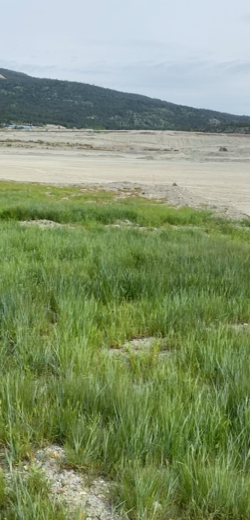
Ongoing Dust Reclamation at Craigmont
The greatest concern from both First Nations and local communities has been the fugitive dust originating from the Tailings Storage Facilities (“TSF”). New Craigmont is the legacy of the historic Craigmont Copper Mine, which operated from 1962 to 1982 and precedes current ownership. However, current management has made it a priority to continue a long-term commitment towards dust suppression.
On June 18, 2020, Nicola’s Mine Act Permit M-68 was amended, approving the import and storage of fly ash and remediated soils, as well as having test pad trials for reclamation purposes. Test plots (see images and video above) are comprised of soils originating from Nicola Green Energy (fly and bottom ash), remediated, local (mainly from the 2021 flooding), and the Trans Mountain Expansion Project and are placed on top of the tailings at depth of approximately 50-80 centimetres to provide a layer of fertile soil for vegetation to grow.
The plots are subsequently seeded with a native grass seed mix procured from a reputable seed retailer. The following mix, which was recommended by local ranchers and First Nation advisors were applied on the initial plot and reviewed by qualified environmental professionals.
Native Grass Species:
| Bluebunch wheatgrass | (Agropyron spicata) | |
| Slender wheatgrass | (Agropyron trachycalum) | |
| Rocky Mountain fescue | (Festuca saximontana) | |
| Idaho fescue | (Festuca idahoensis) | |
| Sandberg’s bluegrass | (Poa sandbergii) | |
| Alkali bluegrass | (Poa secunda) | |
| Junegrass | (Koeleria macrantha) | |
| Suggested Seeding Rate | 25 kg/ha |



